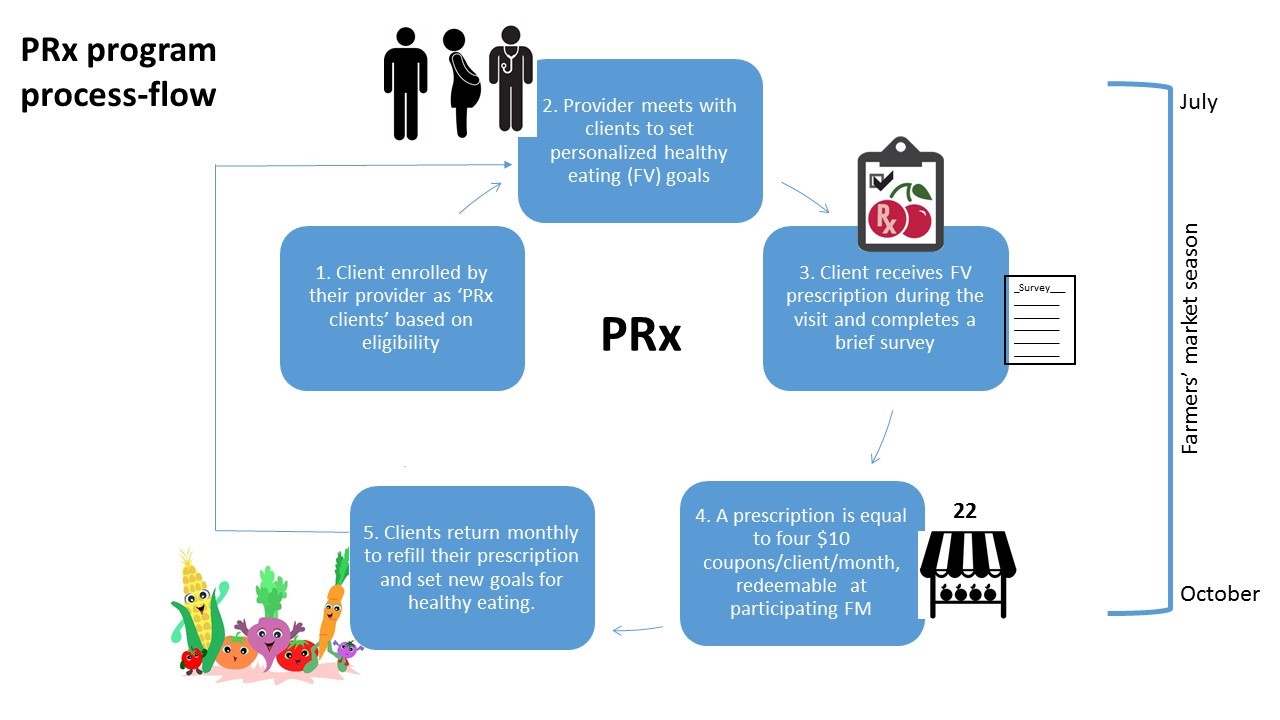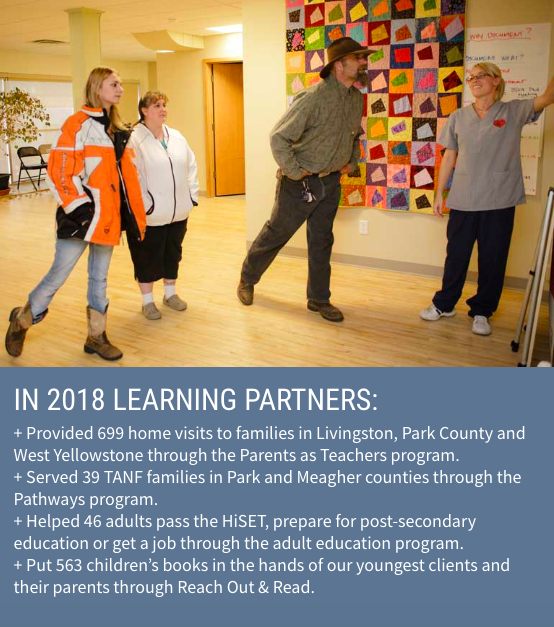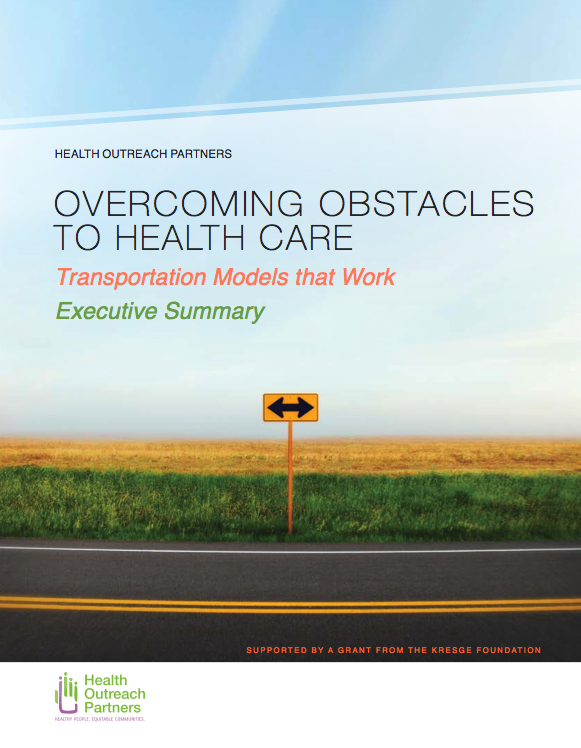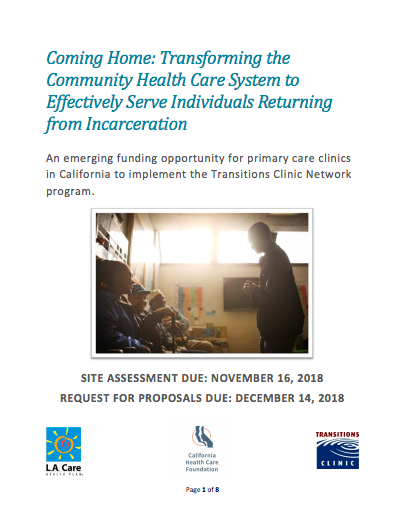How can we begin to work toward health equity? These examples of health centers and other organizations highlight innovative ways to address the social determinants of health. The strategies range from building health equity goals into the clinic model, while others have built out programs or partnered with other community organizations to address the most pressing social needs. Each example expands upon what it means to provide comprehensive health care.
Resources
FOOD ACCESS: Health Improvement Partnership-Cuyahoga: Produce Prescription
Produce prescription programs exist in various forms at health centers and other organizations around the country and work to increase access to healthy eating options. This program, in Cuyahoga County Ohio, specifically partners with local farmers markets, and includes meetings between clients and providers to discuss specific food needs and a prescription that covers four $10 coupons per month.
VIEW RESOURCEEDUCATION AND ECONOMIC DEVELOPMENT: Community Health Partners — Learning Partners
This health center in Livingston, Montana runs regular education programs for children and adults in their community. Programing includes home visits and courses like GED equivalency courses at the clinic facilities. A major aim of the program is to reduce unemployment and improve the quality of life of families. The health center describes their model as coming from “an understanding of the interconnectedness of well-being and education.”
DOWNLOAD REPORT VIEW RESOURCETRANSPORTATION: Transportation Models That Work Report
Lack of transportation can be a major barrier to accessing care, Funded by The Kresge Foundation, this HOP report, “Overcoming Obstacles to Health Care: Transportation Models That Work” provides case studies, findings, recommendations, and policy strategies that can be used to both improve existing transportation programs and also serve as examples of how communities across the country can engage in their own transportation efforts.
DOWNLOAD RESOURCECRIMINAL JUSTICE: Transitions Clinic
Transitions Clinic is a national network of primary care clinics that serve individuals recently returning from incarceration with chronic health conditions. They have served over 7,000 patients recently released from incarceration. The network also employs community health workers with a prior history of incarceration to work as part of multidisciplinary care teams.
CARE COORDINATION: The Role of Outreach in Care Coordination
Underlying many new models of care is the concept of care coordination, which emphasizes collaboration between providers to increase quality of care and ultimately improve patient outcomes as well as reduce the cost of health care. This chapter from HOP’s Outreach Reference Manual aims to support health centers with improving or expanding their care coordination efforts by integrating outreach workers into the care teams and shares examples of how health centers can accomplish this.
PREVIEW ACCESS FULL RESOURCEFurther Reading
- Community Health Centers Leveraging the Social Determinants of Health
- SDH: Case Studies — Oregon Primary Care Association
- Multi-Sector Partnerships in the US from 2012-Present
- Desirability of Clinic-Based Financial Services in Urban Pediatric Primary Care
- Screening for Social Determinants of Health in Michigan Health Centers
- Medical-Legal Partnership Success Stories
Access the OBV Today!
The OBV is now free to access for all. Click the button below to view the frameworks and calculators for yourself.





